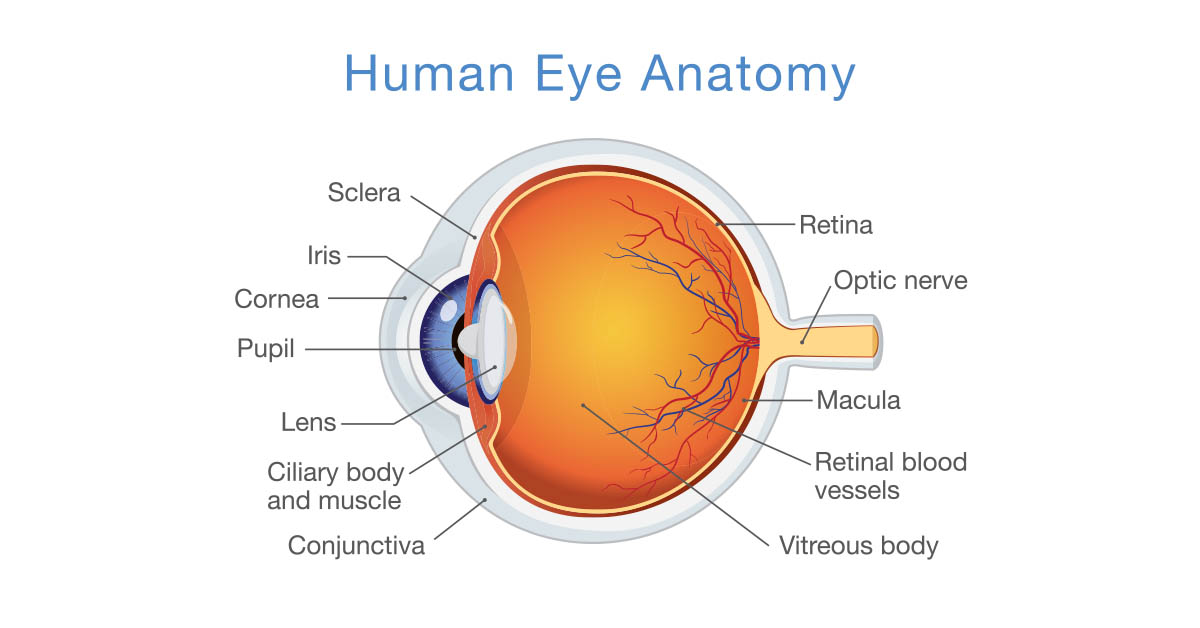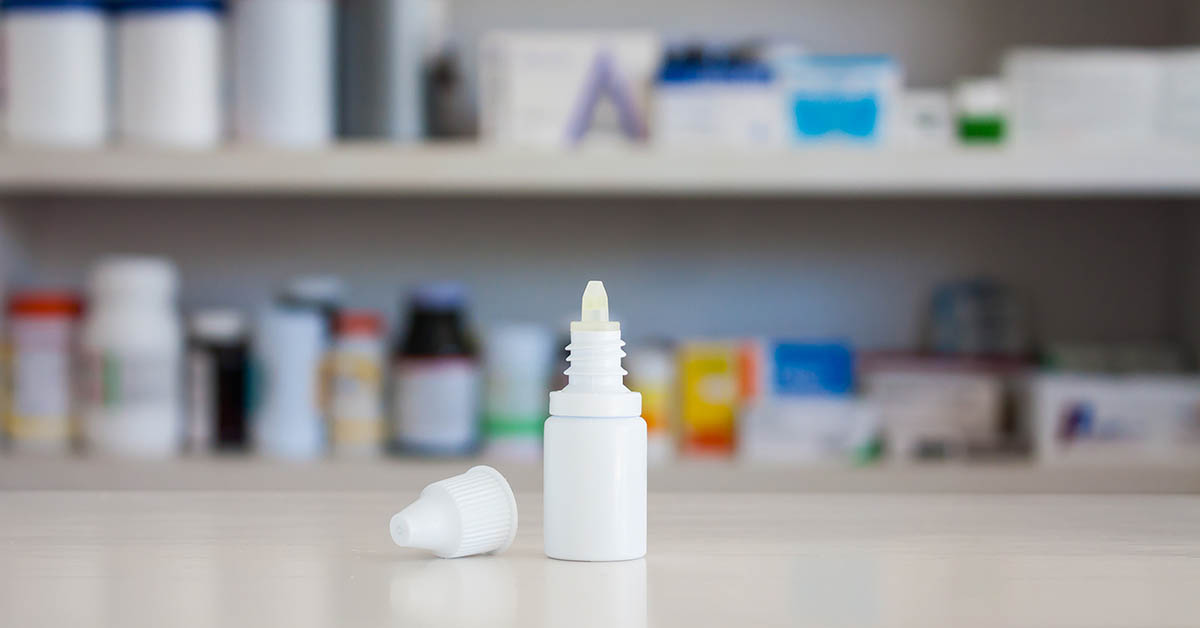Sight (paningin) is one of the most important senses we have. It is integral in our everyday life as we connect with our surroundings and fulfill different activities. Dahil kailangan natin ito sa halos lahat ng ginagawa natin sa araw-araw, complications in the eyes can greatly impact a person’s socioeconomic status and quality of life. Both independence and safety are put at risk that can lead to other implications and missed opportunities.

Since prevention is better than cure, we must know the possible threats in our surroundings. Importante ang mag-ingat at magkaroon ng kaalaman tungkol dito, kaya naman this article particularly highlights chemical and thermal ocular burns and how to deal with it.
Hazards and Accidents
Sometimes, what seems harmless can actually cause injuries. Whether we are home, at work, or playing, eye injuries can occur. Most of the time it happens because of an accident from offending agents or chemicals, particularly acids and alkalis.
| ACIDS | ALKALIS |
|
|
|
|
|
|
|
|
|
|
|
|
Majority of accidents involving such chemicals occur mostly in men at work in the industrial or agriculture field and the minority occur at home. Accidental contact with these offending agents results in chemical ocular burns.
In comparison, acids are generally less harmful than alkalis. Since alkalis are more toxic and corrosive, alkali agents can penetrate faster than acids causing irreversible damage.
The severity of the damage will depend on factors like:
- Quantity – the volume of offending agent
- Concentration – the abundance or amount of acids or alkalis in the solution
- Contact Duration – length of time in contact or duration that a surface is soaked with chemicals
- Solution Penetrability – chemical that have pH < 4 or > 10 are described with increased permeability causing deeper damage to the eyes
- Nature of contact – can vary from direct contact with the outer surface of the eyes or through systemic absorption via the skin, lungs or digestive tract
Meanwhile, thermal ocular burns are less severe where eye injuries result from contact with excessive heat from hot surfaces, hot liquids, steam, or flame. The mild severity of this type of burn usually does not cause lasting damage to the eye.
Early Symptoms
- Pain
- Redness
- Irritation
- Tearing
- Inability to keep the eye open
- Sensation of something in the eye
- Swelling of the eyelids
- Blurred vision
Extent of Eye Burn
This will depend on the depth of chemical or heat penetration to the eyes. Physical exams will check for the degree of corneal (the transparent part of the eye that refracts light), conjunctival (the mucous membrane underneath the eyelids which covers the eyeball) and limbal (the border between the cornea and white of the eye) damage.

The severity of eye burns can help assess the damage by classification schemes that determine the grade of burn from 1 to 6 where prognosis for Grade 1 eye burns is very good and Grade 6 eye burns are very poor. Note that impact can range from:
- Grade I-III: Vision should recover.
- Grade IV: Usually vision is impaired to some degree, thus prognosis is guarded.
- Grade V-VI: The damage leads to severe visual impairment and vision loss.
Significant damage to the eyes may lead to scarring, infection, or worse, blindness. The sooner the response to accidents leading to ocular burns, the higher is the rate of recovery.
Fortunately, the blink reflex is a protective nature that helps shield the eyes from direct contact with offending agents. But as eye burns tend to be very painful, once it has contacted the eyes it can urge the affected patient to keep their eyelids closed, prolonging the period of contact to harmful chemicals that can worsen the damage. Huwag ipikit ang mga mata at tumanggap ng paunang lunas upang mabawasan ang sakit at paglala ng kondisyon.
Treatment for Eye Burns
Safety first. Assess the scene of the accident and make sure the patient is relocated to a safe space. Be careful to take measures to avoid additional exposure or contamination.
Flushing / Eye Irrigation. Keep your eyes open and immediately flush with water to push the harmful chemicals or any foreign bodies out of the eyes. This is continued with the use of a sterile saline solution. Its antibacterial properties help relieve mild symptoms, but this is only the first aid solution.
Removal of Foreign Matter. It is crucial to inspect the eye and remove any visible foreign articles. This helps relieve pain and prevent further damage or prolonged exposure to harmful matter.
Application of Eye Treatments. This can range from mild topical antibiotics to stronger antibiotics that help lubricate the eyes and avoid infections. Other treatments such as cycloplegic agents help relax the eye to prevent painful muscle spasms that constrict the pupils while steroid drops aid inflammation and prevent further breakdown of the damaged area.

Eye surgery. For severe cases, surgery may be necessary to prevent serious and permanent complications. This may involve removal of damaged tissues and transplants to help with the recovery or restoration of vision.
Oral medication. Systemic use of vitamin C can help with collagen synthesis that can be depleted after an eye burn. Other medication that may be needed are antibiotics to help relieve ocular surface inflammation and pain management.
Therapy. For mild to moderate burns, this helps with recovery but for severe burns, it helps to manage resulting chronic complications.
Preventive Measures
The first step starts at home. In general, considering safety first in storage, and use of these solutions will greatly reduce the risk of eye burns. Having child-safe and secure packaging for cleaning and other chemical agents is essential.
The second is the use of protective gear like eye/face shields for people who work in fields that handle chemicals or heat.
Triggering awareness and recall can be coursed through public health advisories and proper education to lessen accidental contact or exposure to harmful elements that may burn the eyes.
Clear Solution, Clear Vision with MedChoice!
Bisitahin ang aming website at tuklasin ang laman ng aming pahina tungkol sa Vision Care where we offer further information about eye health and eye medication. Dito sa MedChoice, tiwala kang hangad namin ang better choice, better lives.
References
American Academy of Opthalmology, (2023, April), Chemical (Alkali and Acid) Injury of the Conjunctiva and Cornea
https://eyewiki.aao.org/Chemical_(Alkali_and_Acid)_Injury_of_the_Conjunctiva_and_Cornea
American Academy of Opthalmology, (2023, June), Eyelid Burns https://eyewiki.aao.org/Eyelid_Burns
National Library of Medicine, (2023, June), Ocular Burns https://www.ncbi.nlm.nih.gov/books/NBK459221/
WebMD, (2022, November), Chemical Eye Burns https://www.webmd.com/eye-health/chemical-eye-burns
National Library of Medicine, (2019, May), An Update on Chemical Eye Burns https://www.ncbi.nlm.nih.gov/pmc/articles/PMC7002428/
